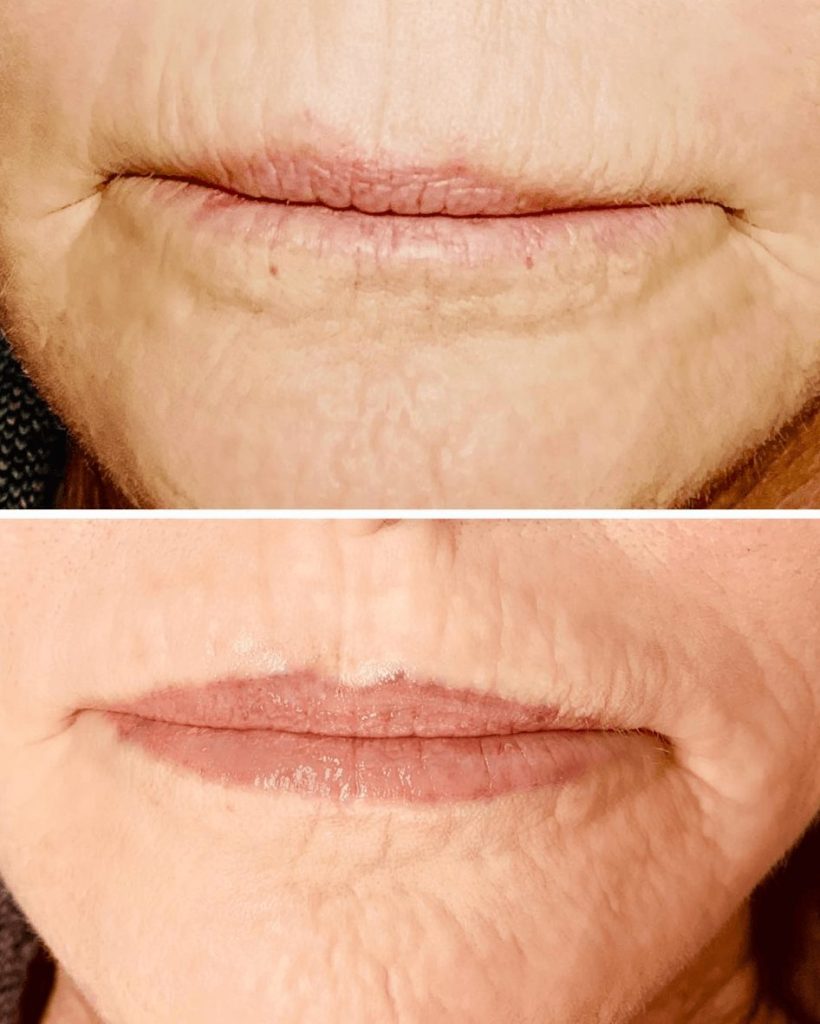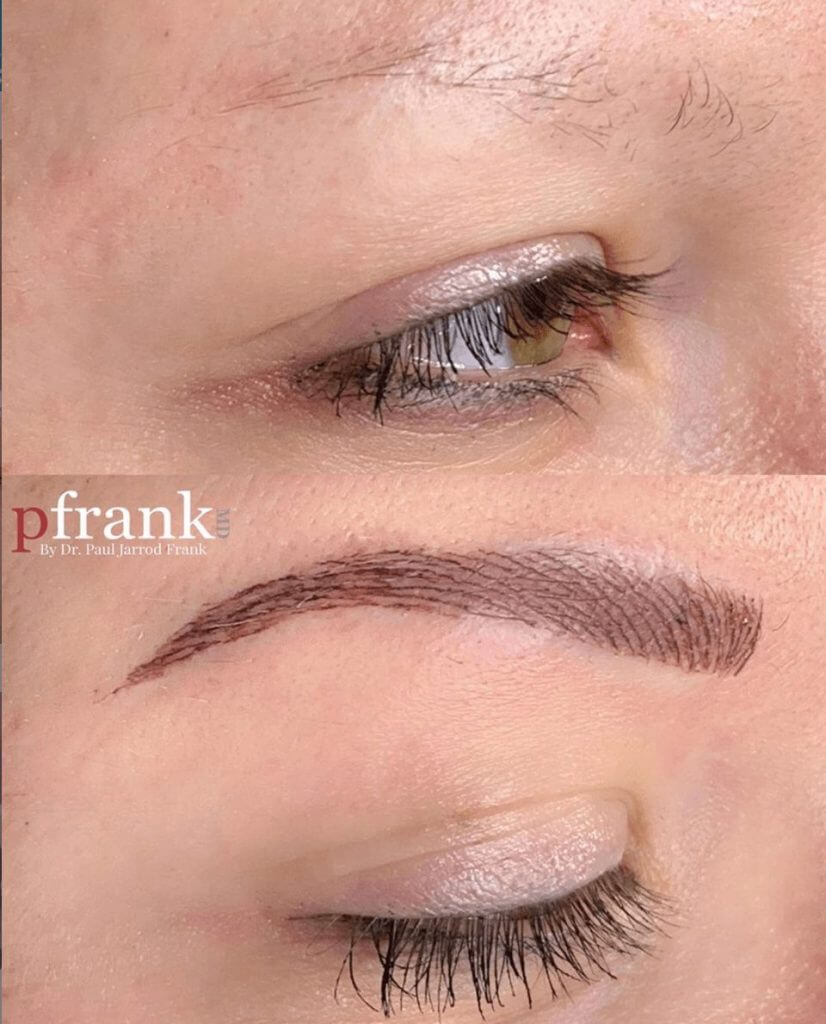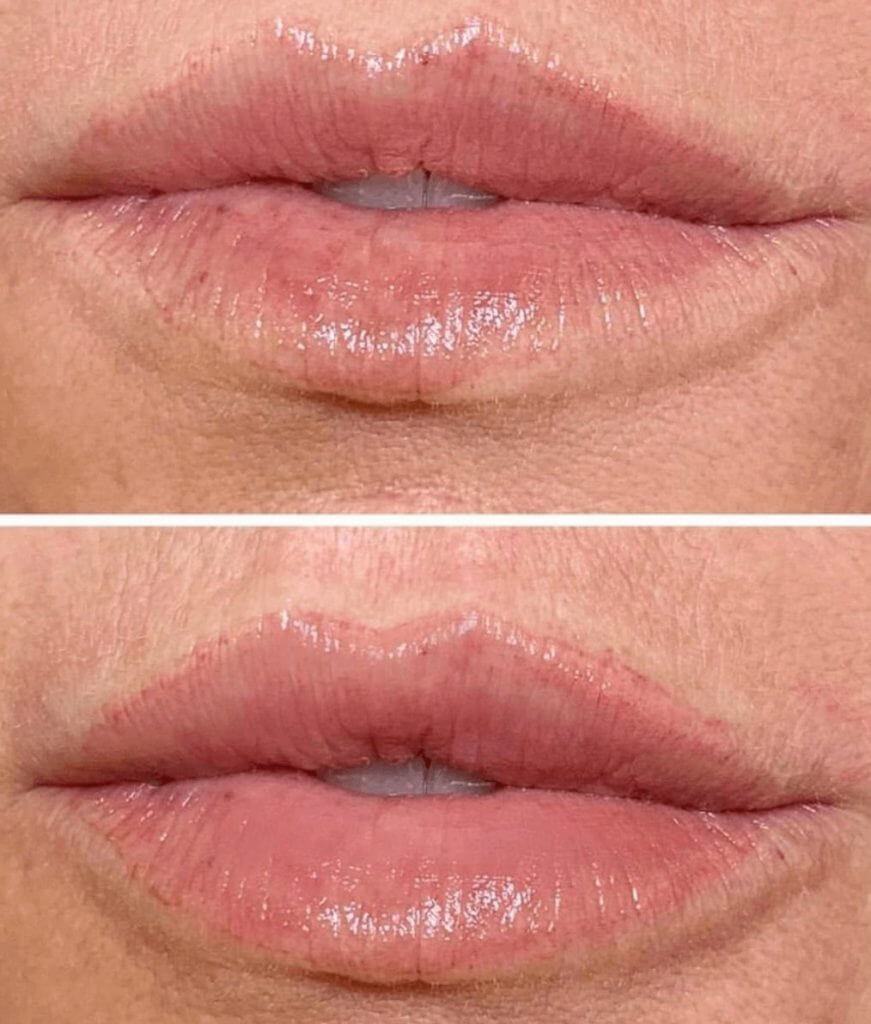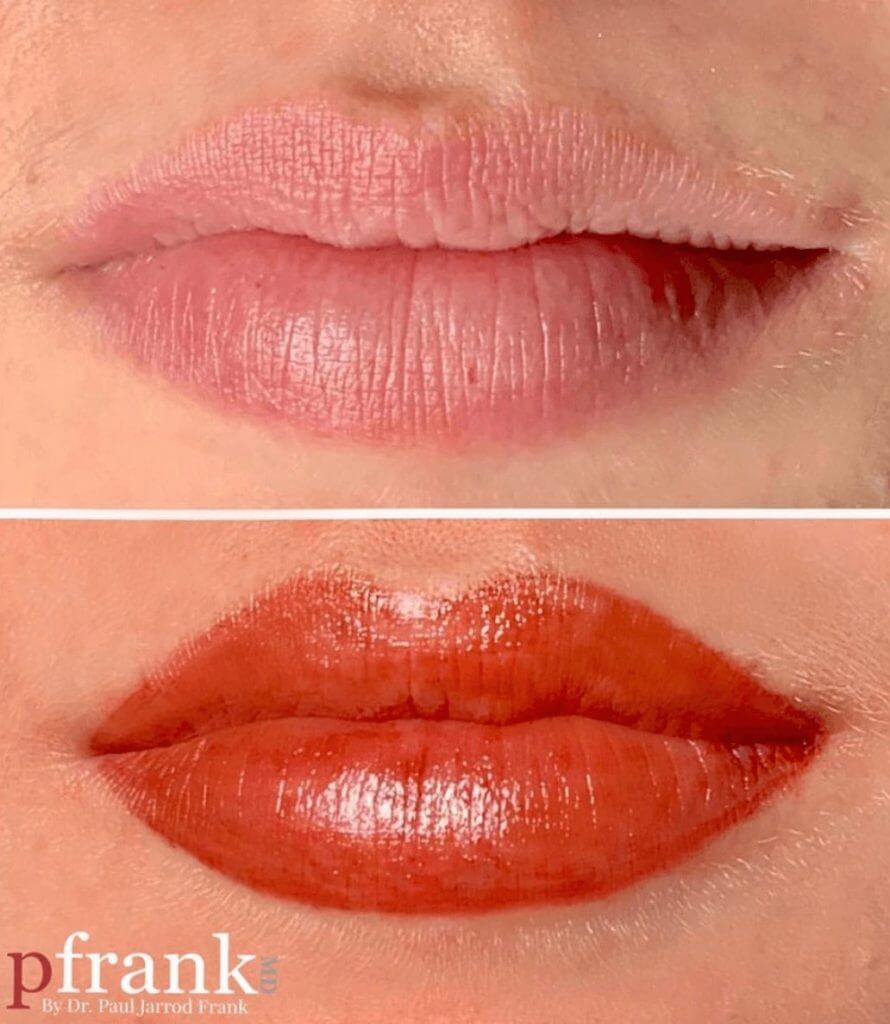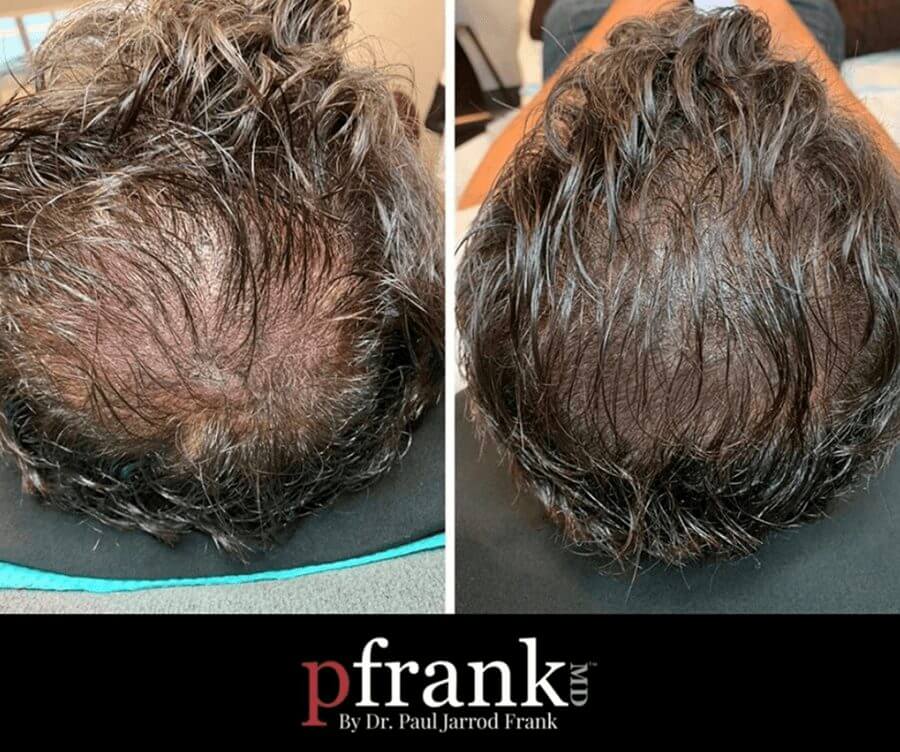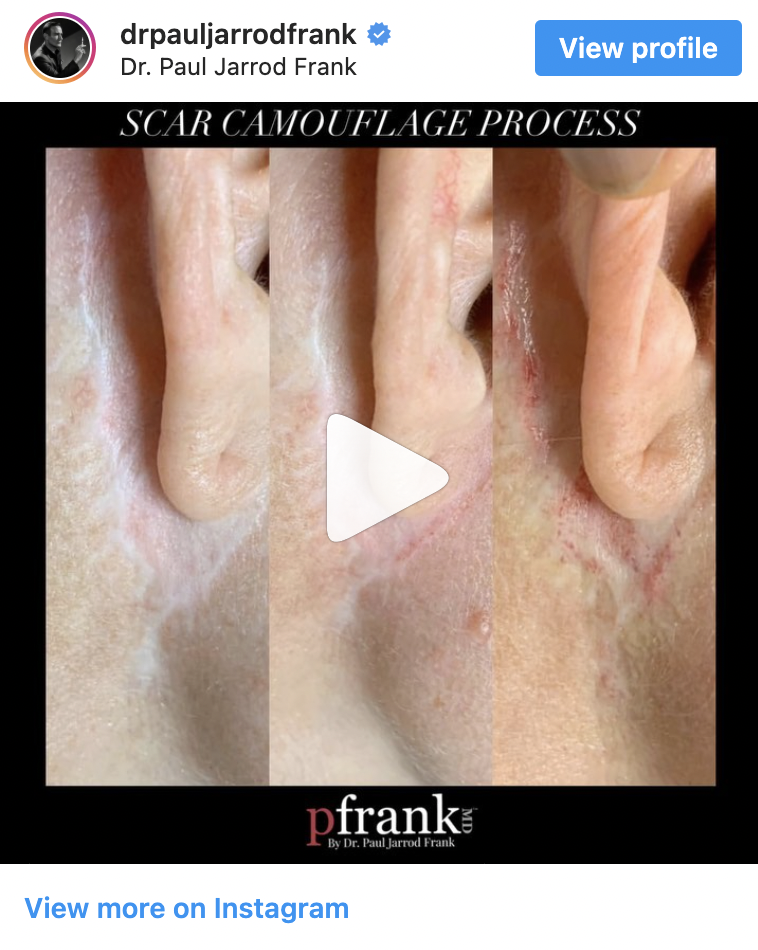TATTOOING FOR SCARS/
STRETCH MARKS/
SCARS/SCALP/
PERMANENT MAKEUP

Tattooing has been recognized as an art for many years. With advances in the cosmetic industry, the benefits of the art of tattooing have grown increasingly popular for correcting and concealing the appearance of scars, stretch marks, and hair thinning. It is also a fantastic remedy for eliminating wasted time and money on applying makeup daily with tattooing for permanent makeup. If you are experiencing any of these concerns, or would like to accomplish the perfect makeup look, we here at PFRANKMD™ can help.
Stretch Marks
Almost everyone has some form of stretch marks form either growing, or as a result of childbirth. If you are unhappy with the appearance of larger stretch marks that are difficult to conceal, cosmetic tattooing could be the solution you are looking for. This personalized treatment is designed to blend stretch marks to match your surrounding skin. This is done through the method of dry tattooing, which effectively stimulates collagen production. Or, through camouflaging stretch marks to match the even tone of your surrounding skin.
Scars
Scars appear as raised skin that does not match the tone and texture of surrounding skin. We offer two specialized methods for effectively evening out the appearance of unwanted scars.
The first method is known as scar relaxation. This includes first performing microneedling, or collagen induction therapy, to first create microscopic punctures to the damaged tissue. This successfully stimulates collagen production and increased blood flow to smooth and replenish the tissue. Then, medical tattooing is performed for successfully camouflaging scars.
Pixelation is another unique technique that utilizes a blend of shades that closely match your skin tone to reduce noticeability of scars. Pixelization is similar to relaxation, except it uses multiple color shades to better mask scars.
Scalp Micropigmentation
This is a great solution for people experiencing hair loss or hair thinning. The process involves tattooing in areas experiencing hair loss to effectively blend in with the surrounding scalp and hair for a more natural look.
Permanent Makeup
Constantly applying makeup daily can be a major waste of time and money. Permanent makeup is a fantastic solution for achieving the perfect lip, eye, and lash look that best compliments you. Permanent makeup for lips, eyeliner, and lashes can give you a soft natural look, or the bold look you desire. Treatments are personalized to your aesthetic goals by choosing the exact color shade and shape for you.
We also offer lip blushing, which is a great way to enhance the color of your lips. We use organic pigments to create a healthy, natural look for long-lasting, gorgeous lips. This process results in tinted lips that can last up to two years before needing touch-up treatments.
Contact Us
If you are unhappy with the appearance of scars, stretch marks, thinning hair, or your makeup, tattooing is a reliable remedy that could benefit you. Reach out to us here at PFRANKMD™ to learn more. Contact us today and schedule your consultation!
